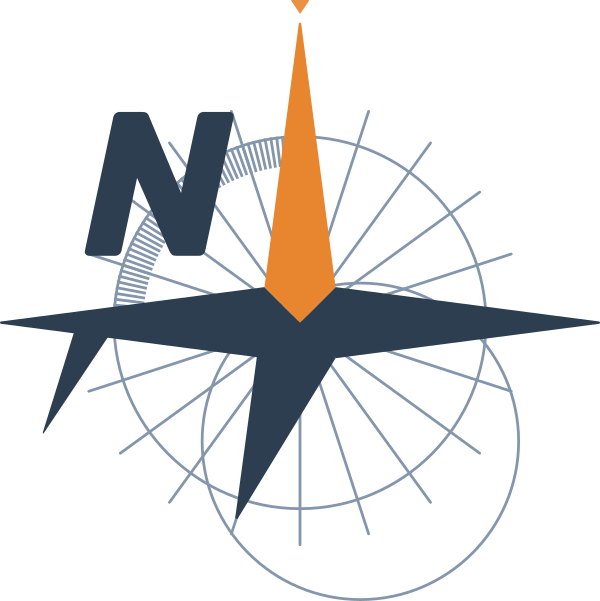Welcome to our Introduction to Python course!
Whether you are completely new to programming or looking to sharpen your skills, this course is designed just for you.
Python is one of the most popular programming languages in the world and is renowned for its simplicity and versatility. It’s used in data science, automation, web development, and even machine learning.
Our course starts with the basics, introducing you to Python and the powerful Google Colab platform. Getting started has never been easier. No installation is required!
We assume you have no prior programming experience.
We will cover essential concepts like variables, bugs, dynamic typing, and more. You will learn the basic syntax and explore data types, operators, and data structures such as lists, tuples, and dictionaries.
Control flow is a vital part of programming. We will teach you how to use conditionals, loops, and control flow tools to make your code more efficient and dynamic.
You will master functions, both predefined and user-defined, to organize your code and enhance its reusability. You will also learn how to read from and write to files, which is crucial for handling data in real-world applications.
Diving into object-oriented programming will show you how to define classes, work with attributes and methods, and apply these concepts to practical examples.
You will understand the power of modules and packages and learn to create, import, and utilize them effectively with practical examples from naval engineering.
We will introduce you to popular Python libraries like NumPy, Pandas, Scipy, and Pytorch, expanding your toolkit for data analysis and machine learning.
The highlight of our course is the final project, where you will apply everything you’ve learned to manage and analyze an extensive dataset of 10,000 parametrized hull geometries. You will learn how to clean the dataset, analyze it, and extract valuable insights.
By the end of this course, you will have a solid foundation in Python programming and be ready to tackle more advanced projects and applications.
Join us and start your Python journey today. We provide all course materials, including the code and the documentation, to ensure your success.
Don’t miss this opportunity to learn one of the most practical and popular programming languages in the world and open a new world of possibilities!

